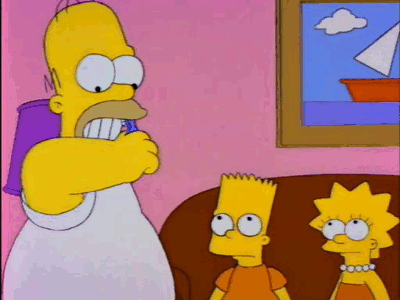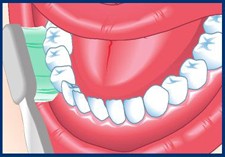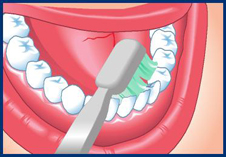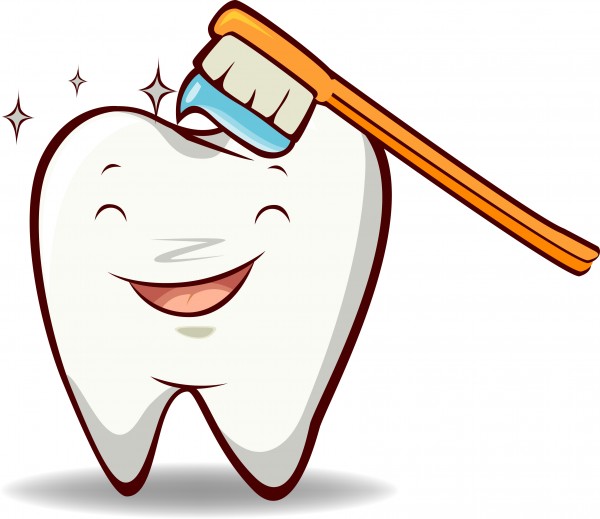We know what you’re thinking, “brushing…flossing…blah blah blah…we know!!” But do you really know?? *que dramatic background music*

Brushing and flossing are the important parts of your daily oral hygiene routine. The bacteria that accumulates on your teeth and gums can lead to tooth decay and different types of gum diseases, therefore, it is important to remove this bacteria to keep your teeth and gums healthy! We’ve said it once and we’ll say it again – prevention is key! Proper brushing and flossing techniques are your best way of keeping those pearly whites, well…pearly white! In this blog, lets focus in on brushing.
Have you ever timed how long you brush? You might be shocked! Proper brushing takes about 2-3 minutes (for example 1 minute on your bottom teeth and 1 minute on your top teeth), however, most people typically brush for less than 1 minute.
Brushing after every meal is the most ideal frequency to brush your gums and teeth as the bacteria in your mouth can start producing acid within minutes of you eating. However, we understand that it can be difficult to incorporate that into your daily routine so we recommend brushing at least 2 times per day, once in the morning and once in the evening. Evening is the most important time of the day to brush so that you can remove the food that you have eaten during the day off your teeth before you sleep.
Here are some steps to keep in mind when you are brushing (according to the Canadian Dental Association):
Step 1
We recommend brushing at a 45 degree angle to your teeth, along your gumline (this is where food and bacteria like to settle). Direct the bristles to where your gums and teeth meet. Use a gentle, circular, massaging motion, up and down. Don’t scrub. Gums that recede visibly can sometimes be a result of years of brushing too hard.

Step 2
Clean every surface of every tooth. The chewing surface, the cheek side, and the tongue side. And don’t forget to clean the tongue itself! It can hold a lot of bacteria leaving what we call a ‘coated tongue’ that can contribute to bad breath.

Step 3
Don’t rush your brush. A thorough brushing should take at least two to three minutes. Try timing yourself!

Step 4
Use a soft or extra-soft bristled toothbrush. A smaller headed toothbrush can also allow you to access those pesky areas at the back of your mouth!
Watch this fun video about proper toothbrushing technique!
Manual vs. Electric Toothbrush: The Eternal Battle
Studies generally show that both manual and electric toothbrushes work well. While some patients do benefit from electric toothbrushes, using proper technique (as shown above), brushing for the right amount of time and using a soft or extra-soft bristled toothbrush are the most important aspects to keeping your teeth healthy. We recommend talking to your Dentist or Dental Hygienist about your options and the differences between manual and electric toothbrushes!



